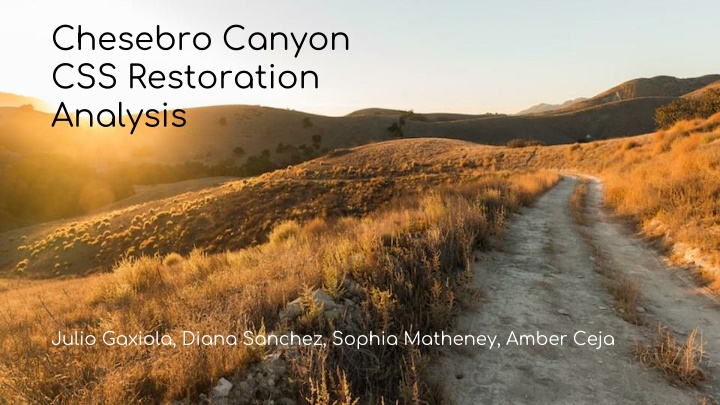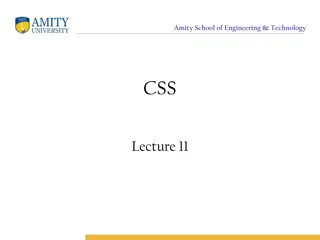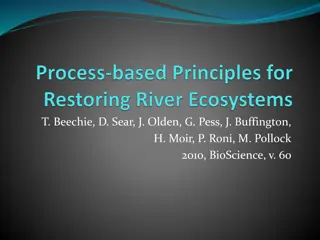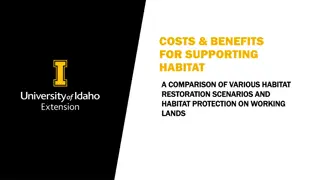Chesebro Canyon CSS Restoration Analysis
The Chesebro Canyon CSS Restoration Analysis delves into the history, human impacts, hypothesis, data analysis, and future implications of CSS communities in Chesebro Canyon. Discover insights on fire frequencies, CSS decline, data collection methods, Eckhardt's findings, and recommendations for further research.
Download Presentation

Please find below an Image/Link to download the presentation.
The content on the website is provided AS IS for your information and personal use only. It may not be sold, licensed, or shared on other websites without obtaining consent from the author.If you encounter any issues during the download, it is possible that the publisher has removed the file from their server.
You are allowed to download the files provided on this website for personal or commercial use, subject to the condition that they are used lawfully. All files are the property of their respective owners.
The content on the website is provided AS IS for your information and personal use only. It may not be sold, licensed, or shared on other websites without obtaining consent from the author.
E N D
Presentation Transcript
Chesebro Canyon CSS Restoration Analysis Chesebro Canyon CSS Julio Gaxiola, Diana Sanchez, Sophia Matheney, Amber Ceja
History of Chesebro Canyon CSS threatened for 200+ years History of cattle ranchers Human impact creates loss of CSS through: cattle grazing, fires, fragmentation of land,early ranching, Plowing, and soil nitrogen deposition
Hypothesis Research question: Why are some CSS communities in Chesebro able expanding while a majority of CSS is declining as a whole? Null: CSS species are expanding into other territories Alternate: CSS species are not expanding into other territories.
Eckhardts Data Analyzed Eckhardt collected data via air photos to track CSS decline - findings were based on fire regression and succession in Chesebro. Discovered growth in regions with identical fire frequencies overall Areas with higher fire frequencies or close to farmland, have lower amounts of CSS.
Data Methods: 20 meter transecting
Data Processing Our data Eckhardt s Data
Future implications of research Fire frequency data was found to be indirect to draw conclusions, only shows trends Data can be used to compare the boundaries of other habitats attempting to restore CSS
Conclusion Further research recommended. Those interested in conducting additional research should : Determine the amount of time between fires to determine recovery rate of CSS. Collect a larger sample size Conduct quadrats in addition to transects
Thank you! Any questions?























